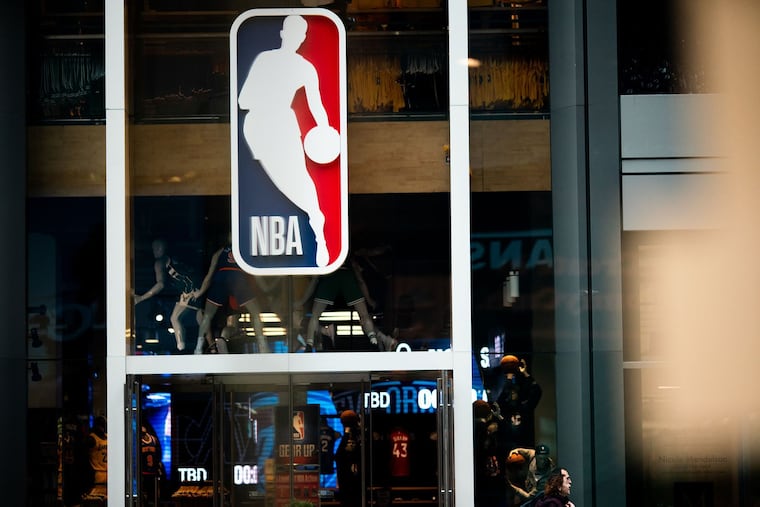Can the NBA season resume? Sports medicine doctor says frequent coronavirus testing is needed, and expensive.
Dr. Rand McClain says the cost per person to be tested daily could be as high as $250.

As Dr. Rand McClain sees it, the NBA could resume this season now, without fans, at an isolated location. It just would be an expensive venture in regard to testing.
“Price-wise I can put a number on it, even with the NBA’s bargaining power, if you will, which really doesn’t amount to much Because everyone wants a test nowadays,” McClain, the chief medical officer of LCR Health, based in Santa Monica, Calif., said Wednesday. "You are probably talking initially about $250 [each time] per individual.”
That would include testing for both the virus and the antibody.
McClain, a sports medicine doctor who treats professional athletes, said they might only test for the antibody and stop testing a specific individual once that person has the antibody.
“But you are talking about from the get-go right away, worst-case scenario, $250 per player or anyone you want to test per day,” McClain said.
He said the frequency of the testing would depend on how the NBA schedules the games. He used Major League Baseball as an example. MLB is considering playing every day with some doubleheaders. In that case, the argument is to test a player every day until he tests positive for the antibody, which would mean he already has had the virus and presumably has immunity.
“But up until that point, you would have to test them every day unless you can absolutely limit their exposure 100 percent,” he said, "and after three or four days, you say there’s nobody that could be exposed, which I don’t think you can say. ... I think you are going to have to test every day.
“In basketball, it depends if they are going to have a similar schedule where they are playing every day. I know it’s going to be more than once a week."
That’s why, like baseball, the NBA would need to implement the test until someone tests out with the positive antibody, to keep the players and anyone around the players protected, he said.
But McClain is not talking about the rapid COVID-19 tests that provide results in 15 minutes.
“Those are typically not as accurate as the tests that are done in a laboratory setting,” he said. “So, that’s the problem [with the 15-minute tests]. We don’t have a whole lot of kits that have been validated that way."
McClain said that laboratory testing is the best. For more than a month, he’s been using tests that provide results 24 hours after the lab receives the swab sample.
The new expectation is the NBA might not resume until July, if at all. If it does resume, it is expected to be without fans.
Atlantic City Mayor Marty Small confirmed on March 31 that he is trying to lure the league to Boardwalk Hall for the playoffs.
Atlantic City, Orlando, Hawaii, Louisville, and Las Vegas are possible locations for a 16-team playoff tournament, minus fans. The Bahamas have been mentioned as another potential site. Those locations are expected to be a bubble-like atmosphere, where players would be in isolation.
“In terms of bubble-like concepts, many of them have been proposed to us, and we’ve only listened,” NBA commissioner Adam Silver said two weeks ago. “We’re not seriously engaged yet in that type of environment, because I can’t answer ... what precisely would we need to see in order to feel that that environment provided the needed health and safety for our players and everyone involved."
McClain believes the NBA’s strict guidelines to return could loosen in a month. He pointed out positive results from the drug Remdesivir. Some patients using the drug recover faster from coronavirus, according to a government-funded study announced Wednesday.
“We’ve got something here to help treat this, and we got other treatments,” he said. “In the next month or so, we might find some of this discussion is not as pertinent, because we have more treatments available, mitigating the risk even further.”